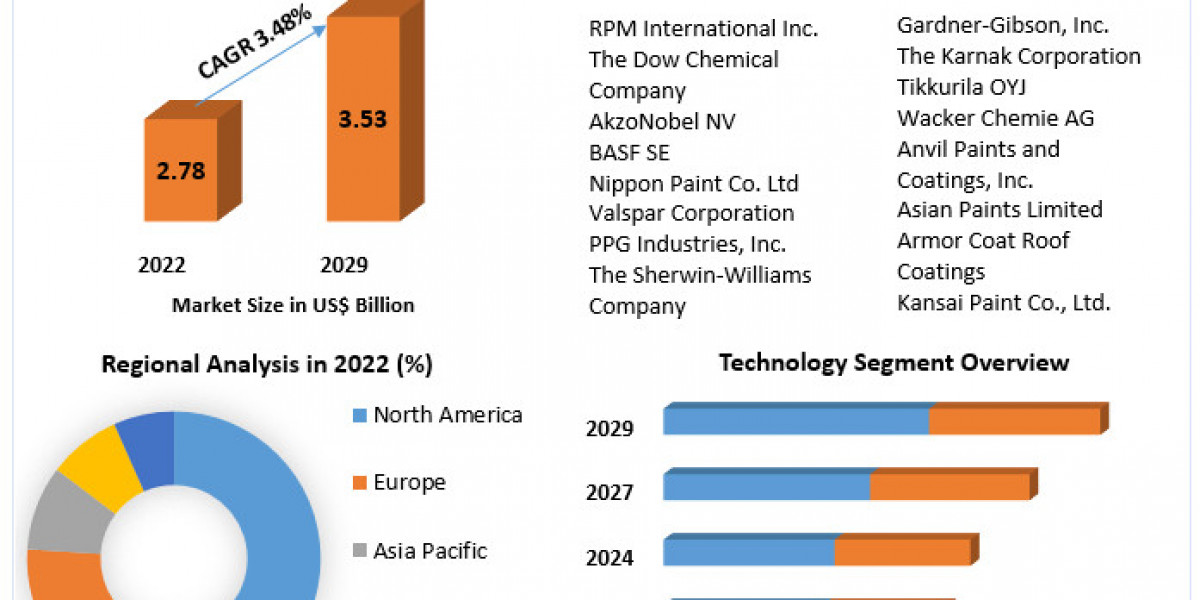In today’s digital landscape, mobile apps have transformed how businesses operate and engage with their customers. From entertainment to finance, mobile applications have become a crucial component of a successful digital strategy. Whether you're an entrepreneur with a fresh idea or a company looking to enhance user engagement, understanding the mobile app development process is essential. This guide will walk you through the key stages of mobile app development, helping you bring your app idea to life smoothly and effectively.
1. Defining the App Idea and Purpose
Every successful mobile app begins with a clear idea and well-defined purpose. Start by identifying the problem your app will solve or the need it will address. Research your target audience, understand their needs, and think about how your app can provide a unique solution. Mobile app development is not just about building a functional app but creating a solution that resonates with users. By outlining your app’s core functionalities and goals, you establish a foundation that guides the entire development process.
Key Steps:
- Identify the problem: What challenges will your app solve?
- Research your audience: Who will benefit from your app?
- Outline app goals: Define the primary purpose and features.
2. Conducting Market Research and Analysis
Before diving into development, conducting thorough market research is critical. Investigate existing apps in your niche and analyze their strengths and weaknesses. This helps you identify gaps in the market and unique selling points for your app. Understanding your competitor's and users' preferences allows you to shape a more informed and effective mobile app development strategy.
Key Steps:
- Analyze competitors: Identify successful and unsuccessful apps in your category.
- Gather user insights: Conduct surveys, interviews, and research to understand user preferences.
- Refine app features: Use market insights to finalize the core features of your app.
3. Choosing the Right Development Approach
When it comes to building an app, you have several development approaches: native, hybrid, or cross-platform. The choice depends on your budget, timeline, and app functionality. Native mobile app development is often the best option if you need high performance and a seamless user experience, but hybrid or cross-platform approaches can save time and costs.
Key Approaches:
- Native development: Ideal for high-performance apps but requires separate code for iOS and Android.
- Hybrid development: Allows for a single codebase across platforms, but may lack native features.
- Cross-platform development: Strikes a balance between native and hybrid, using tools like Flutter and React Native.
4. Creating a Prototype and Wireframes
Once you have a clear understanding of your app's purpose, audience, and features, the next step is to create wireframes. Wireframes provide a visual layout of your app's interface and help outline the user flow. Prototyping, on the other hand, involves creating an interactive model of your app to test functionality. This step allows mobile app developers to refine the design and ensure a user-friendly interface.
Key Steps:
- Design wireframes: Outline the structure and layout of your app’s screens.
- Create a prototype: Develop an interactive version of the app to simulate user interactions.
- Gather feedback: Test the prototype with potential users and make adjustments based on their feedback.
5. UI/UX Design: Building an Intuitive Interface
A well-designed user interface (UI) and user experience (UX) are crucial to the success of any mobile app. Users expect seamless navigation, appealing visuals, and an intuitive interface. Mobile app development services often include expert UI/UX designers who focus on creating an engaging and functional design that enhances the user journey.
Key Elements:
- Consistency: Ensure a uniform look and feel across screens.
- Responsiveness: Design with various screen sizes in mind.
- Simplicity: Keep the interface clean, making it easy for users to find what they need.
6. Development: Coding the App
Now that your design is in place, it’s time to start building the app. This phase includes front-end and back-end development, where developers write the actual code for the app's features and functionalities. Mobile app development companies often work in agile sprints, allowing continuous testing and iteration. Depending on the complexity, this phase can involve custom app development services for added functionalities, like mobile banking app development or enterprise mobile app development.
Key Steps:
- Front-end development: Code the user interface and ensure smooth interaction.
- Back-end development: Set up the server, database, and app logic.
- Integrate APIs: Connect third-party services for added features, such as payment processing or social sharing.
7. Testing the App: Ensuring Quality and Performance
Testing is a critical stage in the mobile app development process. This phase involves evaluating the app for functionality, usability, security, and performance. Testing should cover various scenarios and devices to ensure a smooth user experience across platforms. Custom mobile application development services typically include extensive testing to identify and fix any issues before launching the app.
Types of Testing:
- Functional testing: Ensures each feature functions as intended.
- Usability testing: Tests for user-friendliness and smooth navigation.
- Performance testing: Evaluates app speed, responsiveness, and load handling.
- Security testing: Protects user data and prevents potential vulnerabilities.
8. Launching the App
Once testing is complete, it's time to launch your app on app stores. This step involves submitting your app to the Apple App Store, Google Play Store, or both. Each platform has specific guidelines for approval, so ensure your app meets their requirements. Your mobile app development company should be familiar with the submission process to facilitate a smooth launch.
Key Steps:
- Optimize for App Stores: Use relevant keywords in your app description to improve discoverability.
- Prepare marketing materials: Screenshots, descriptions, and promotional videos help attract users.
- Submit for approval: Follow the guidelines of each app store for a successful launch.
9. Gathering User Feedback and Iterating
The launch is not the end; it’s just the beginning. Once your app is live, gather user feedback and monitor analytics to understand how users interact with your app. Mobile app developers typically release updates to fix bugs, introduce new features, and improve the user experience based on feedback.
Key Steps:
- Monitor user feedback: Check reviews and app ratings to identify areas for improvement.
- Analyze app metrics: Use analytics tools to track engagement, user retention, and other key performance indicators.
- Plan updates: Regular updates keep users engaged and address any issues that arise.
10. Maintenance and Scaling
Ongoing maintenance is vital for the long-term success of your app. This includes regular updates, bug fixes, and new feature development to keep the app relevant and engaging. If your app experiences growth, consider scaling it to handle a larger user base or expanding its functionalities. A mobile app development company with experience in custom app development services
Key Steps:
- Schedule regular updates: Keep your app compatible with new OS updates.
- Improve performance: Optimize code and update features based on user demand.
- Explore new markets: Adapt the app for different languages and regions if you plan to expand internationally.
Conclusion
Creating a successful mobile app involves a well-planned process, from defining the idea to ongoing maintenance. Following each of these steps helps you navigate the complexities of mobile application development and ensures your app meets user expectations and market demands. Whether you’re considering custom mobile app development, native mobile app development, or enterprise mobile app development, partnering with a mobile app development company can streamline the journey, providing you with expert guidance and support along the way. With a clear strategy and commitment to quality, your mobile app can become a valuable asset that drives growth and user engagement for years to come.















